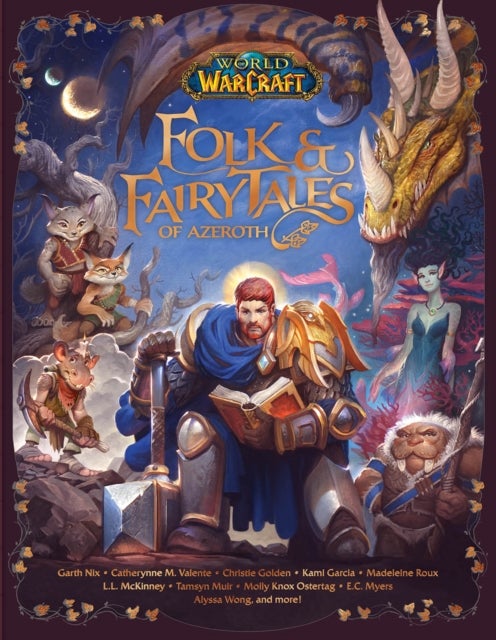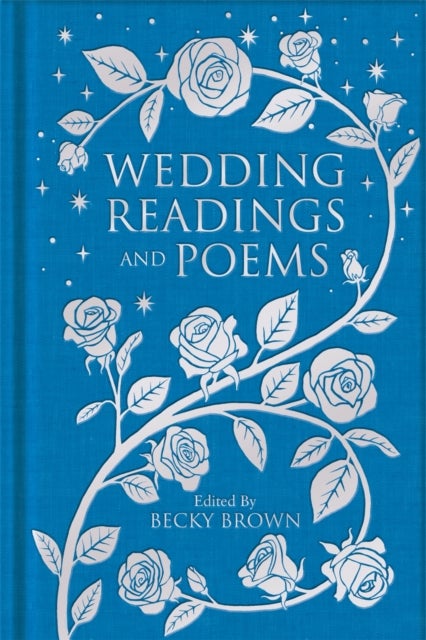
Fear and Clothing av Jane Custance (Independent Scholar UK) Baker
399,-
Through analyzing dress in detective fiction, <i>Fear and Clothing</i> reveals a cultural history of identity affected by the social upheaval caused by war. In-depth analysis of interwar publications by a comprehensive range of writers reveals readers¿ anxieties and fears about class, gender and race and how these changed over the period. Although read and written by both men and women, detective fiction was deemed at the time to be a masculine and high-status entertainment. However the literature demonstrates an admiration and acceptance of the woman¿s identity, performed during the Great War and continuing throughout the interwar period, as girl pal and female gentleman. In chapters that explore age, character, class, masculinity, performative womanhood and race, Jane Custance Baker exposes how dress was a status marker to both male and female readers, made anxious by social change brought about by war. Dress in detective fiction reveals a set of signs to be read, digested, and possi








